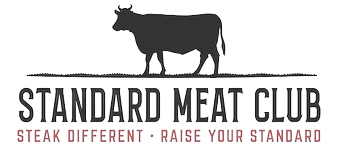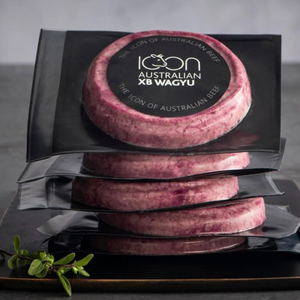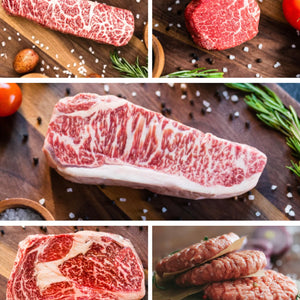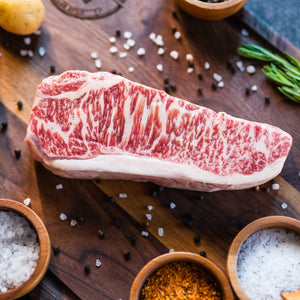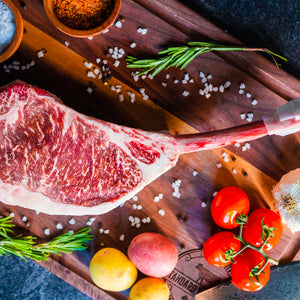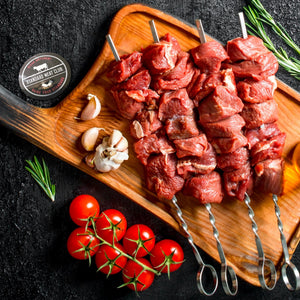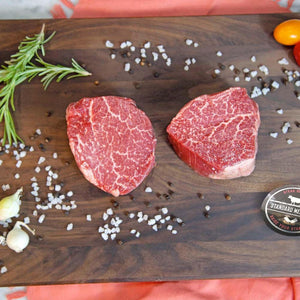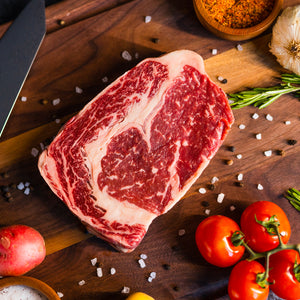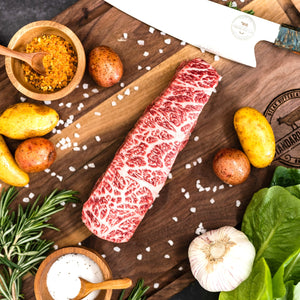Australian Wagyu: The Ultimate Guide to Premium Beef Luxury
Aug 16, 2024
Australian Wagyu: The Ultimate Guide to Premium Beef Luxury
Imagine sinking your teeth into a piece of steak so tender it practically melts in your mouth, with flavors so rich and complex they dance across your palate. This isn't just any beef – this is Australian Wagyu, a culinary treasure that's taking the world by storm. Born from Japanese traditions but raised in the vast, lush pastures of Australia, this premium beef has become a symbol of luxury and quality in the global meat industry. But what makes Australian Wagyu so special, and why should you care? In this comprehensive guide, we'll explore the unique characteristics of Australian Wagyu, its production methods, and why it's become a favorite among chefs and food enthusiasts alike.
The Origins and Evolution of Australian Wagyu
Australian Wagyu has its roots in Japan, but its story is uniquely Australian. In 1988, Australia imported its first Wagyu cattle from Japan, marking the beginning of a new era in Australian beef production.
From Japan to Australia: A Brief History
- 1988: First Wagyu cattle imported to Australia
- 1990s: Australian farmers begin crossbreeding Wagyu with local cattle
- 2000s: Pure-bred Wagyu herds established in Australia
The Australian Advantage
Australia's vast, clean landscapes and stringent farming practices provide an ideal environment for raising Wagyu cattle. The combination of Japanese genetics and Australian farming expertise has resulted in a product that rivals its Japanese counterpart in quality while offering unique characteristics.

What Makes Australian Wagyu Unique?
Australian Wagyu is renowned for its exceptional marbling, tenderness, and flavor profile. But what sets it apart from other premium beef options?
Marbling and Flavor
Australian Wagyu is characterized by its intense marbling – the intramuscular fat that gives the meat its signature flavor and tenderness. The marbling in Australian Wagyu is often more pronounced than in other beef varieties, resulting in a rich, buttery flavor and melt-in-your-mouth texture.
Production Methods
Australian Wagyu farmers employ a combination of traditional Japanese techniques and modern Australian farming practices:
- Stress-free environment: Cattle are raised in a calm, low-stress environment to ensure meat quality
- Specialized diet: A carefully curated diet that may include grains, grass, and even beer or wine
- Long feeding periods: Extended feeding periods of 300-500 days, compared to 90-120 days for regular beef
Health Benefits
Despite its high fat content, Australian Wagyu offers some surprising health benefits:
- Higher proportion of monounsaturated fats compared to regular beef
- Rich in omega-3 and omega-6 fatty acids
- Contains more conjugated linoleic acid (CLA), which may have anti-carcinogenic properties

The Australian Wagyu Grading System
To ensure consistency and quality, Australian Wagyu is graded using a specific system that differs from both the Japanese and USDA grading scales.
The AUS-MEAT Marbling System
- Scale ranges from 0 to 9+
- Measures the visible fat within the muscle
- 9+ is the highest grade, indicating exceptional marbling
Marble Score (MS) vs. Beef Marbling Standard (BMS)
- MS is used in Australia, ranging from 0-9+
- BMS is the Japanese scale, ranging from 1-12
- A rough conversion: MS 9+ is approximately equivalent to BMS 7-8
It's worth noting that while the Australian grading system is different, the quality of top-grade Australian Wagyu is comparable to high-grade Japanese Wagyu. For more information on the grading system, visit the AUS-MEAT Limited official website.
Cooking and Enjoying Australian Wagyu
The unique properties of Australian Wagyu require special handling and cooking techniques to fully appreciate its quality. Check out our guide on How to Cook the Perfect Steak for more detailed instructions.
Preparation Tips
- Bring the meat to room temperature before cooking
- Season simply – often just salt is enough to enhance the natural flavors
- Consider cutting thicker steaks to prevent overcooking
Cooking Methods
- Grilling: Quick sear on high heat, then finish on lower heat
- Pan-searing: Use a cast-iron skillet for best results
- Sous-vide: Ensures even cooking throughout
Pairing Suggestions
- Wines: Bold reds like Cabernet Sauvignon or Syrah
- Sides: Simple accompaniments like grilled vegetables or a crisp salad to balance the richness
The Future of Australian Wagyu
As global demand for premium beef continues to rise, Australian Wagyu is poised for further growth and innovation.
Sustainability Efforts
Australian Wagyu producers are increasingly focusing on sustainable farming practices:
- Implementing regenerative agriculture techniques
- Reducing carbon footprint through improved feed efficiency
- Exploring genetic improvements for more efficient production
Market Expansion
- Growing popularity in international markets, particularly in Asia and North America
- Increasing availability in high-end restaurants and specialty butcher shops worldwide
For the latest industry standards and practices, visit the Australian Wagyu Association website.
Conclusion
Australian Wagyu represents the perfect fusion of Japanese tradition and Australian innovation. Its exceptional marbling, rich flavor profile, and the meticulous care taken in its production make it a true delicacy in the world of beef. Whether you're a seasoned food enthusiast or simply curious about premium meats, exploring the world of Australian Wagyu is sure to be a memorable culinary adventure.
As this industry continues to evolve, balancing tradition with sustainability, one thing remains certain: Australian Wagyu is more than just beef – it's an experience that exemplifies the very best of what careful breeding, ethical farming, and culinary passion can achieve. So, are you ready to elevate your next meal with a taste of Australian luxury?
Frequently Asked Questions
What is the difference between Australian Wagyu and Japanese Wagyu?
While both come from the same cattle breeds, Australian Wagyu is raised in Australia using a combination of Japanese techniques and Australian farming practices. Australian Wagyu typically has intense marbling and a rich flavor profile, but uses a different grading system (AUS-MEAT, 0-9+) compared to Japanese Wagyu (BMS, 1-12). Australian Wagyu often offers a more affordable luxury beef option while maintaining high quality standards.
Is Australian Wagyu grass-fed or grain-fed?
Australian Wagyu can be either grass-fed or grain-fed, depending on the producer. Many Australian Wagyu cattle start their lives on pasture and are then finished on a grain diet to enhance marbling. Some producers offer 100% grass-fed Wagyu for those seeking a leaner option.
How should I store Australian Wagyu beef?
For short-term storage (up to 3 days), keep Australian Wagyu in the coldest part of your refrigerator. For longer storage, vacuum-seal the beef and freeze it for up to 6 months. Always thaw frozen Wagyu slowly in the refrigerator for best results.
Ready to Experience Australian Wagyu?
Visit our online store to browse our selection of premium cuts, or find a local retailer near you. Don't miss out on this culinary delight – order your Australian Wagyu today and transform your next meal into an unforgettable gourmet experience!
Shop Australian Wagyu Now